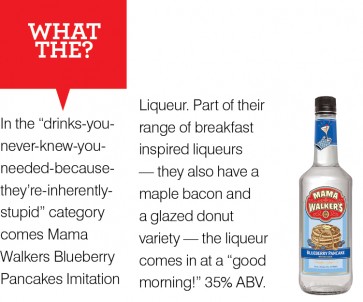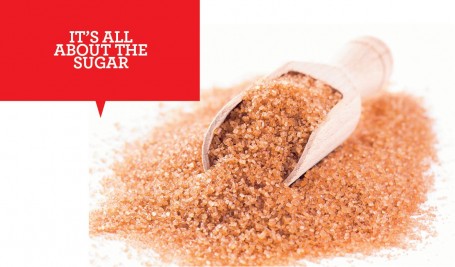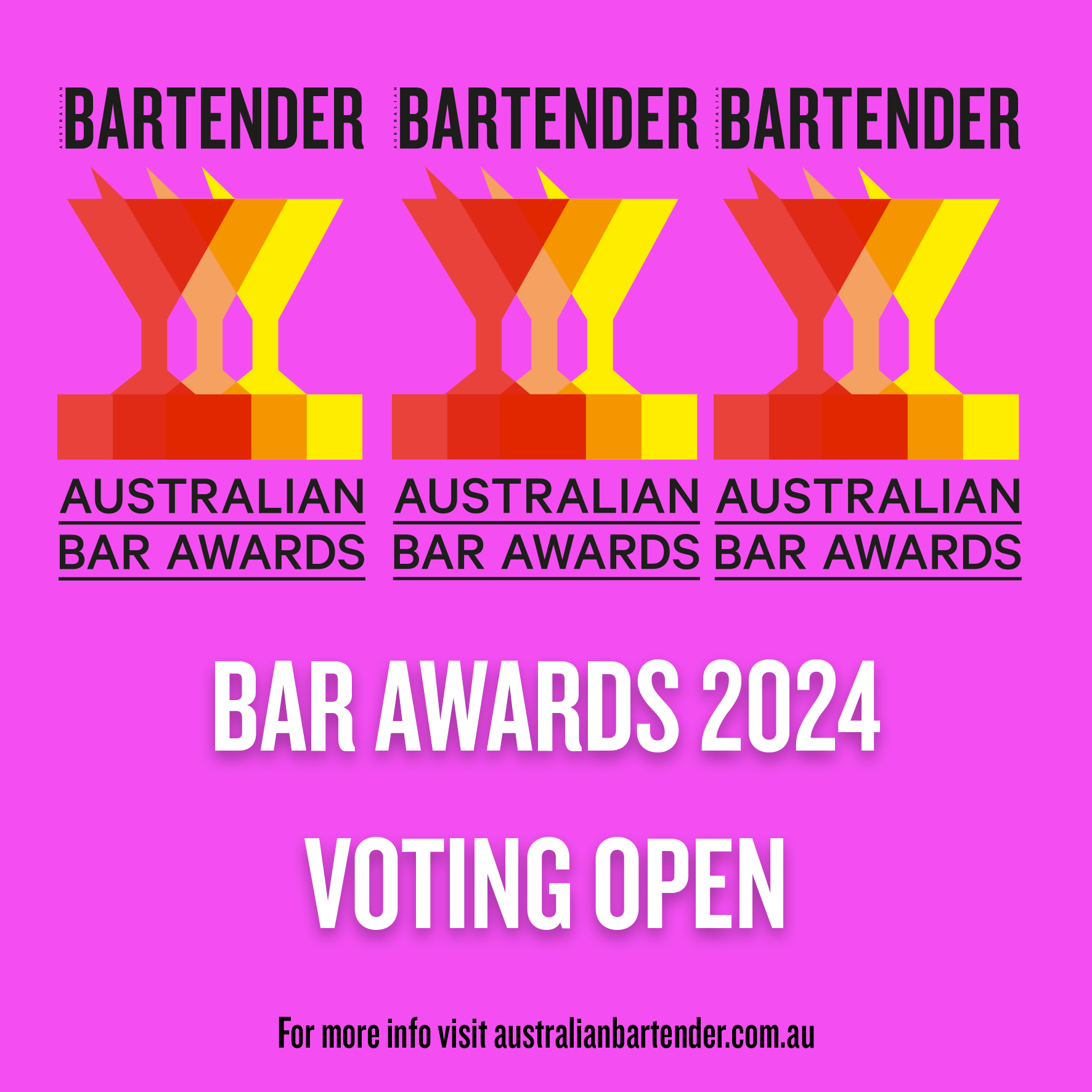
There’s probably none better qualified to answer our questions on liqueurs than Australia’s very own Michael Ward, of Tamborine Mountain Distillery.
Can you outline the basic process of making a liqueur?
Basically a TMD Liqueur begins with a spirit which has been flavoured via distilling process. The strength of alcohol is reduced with water and sweet syrups. Further flavour is often achieved through maceration resulting in a sweet alcoholic tipple with a good balance of flavour and sweetness.
What determines the final sugar content in a liqueur?
Sugars are very much a personal choice. However, TMD uses less sugars than their European counterparts who are still stuck in the ‘enslaving theories’ that viscosity is vital to a liqueur.
What advice do you have for bartenders wanting to make their own liqueurs at home?
You can have the best time ever creating your own liqueurs. Always start with a really good spirit base, good quality dry bitter/sweet herbs, sugar syrups, honeys, fructose, nuts roots and seeds, and remember that less is usually best as too many flavours can be somewhat chaotic.
The four things you need to know about the EU’s definition of a liqueur:
- A minimum 100g/L of sugar
- To be labelled a “crème de”, it must have a minimum sugar content of 250g/L
- Unless it is a crème de cassis, which must be a blackcurrant liqueur with a minimum of 400g/L of sugar
- It must be a minimum of 15% ABV (except in the case of advocaat, which is allowed to be as low as 14%)




